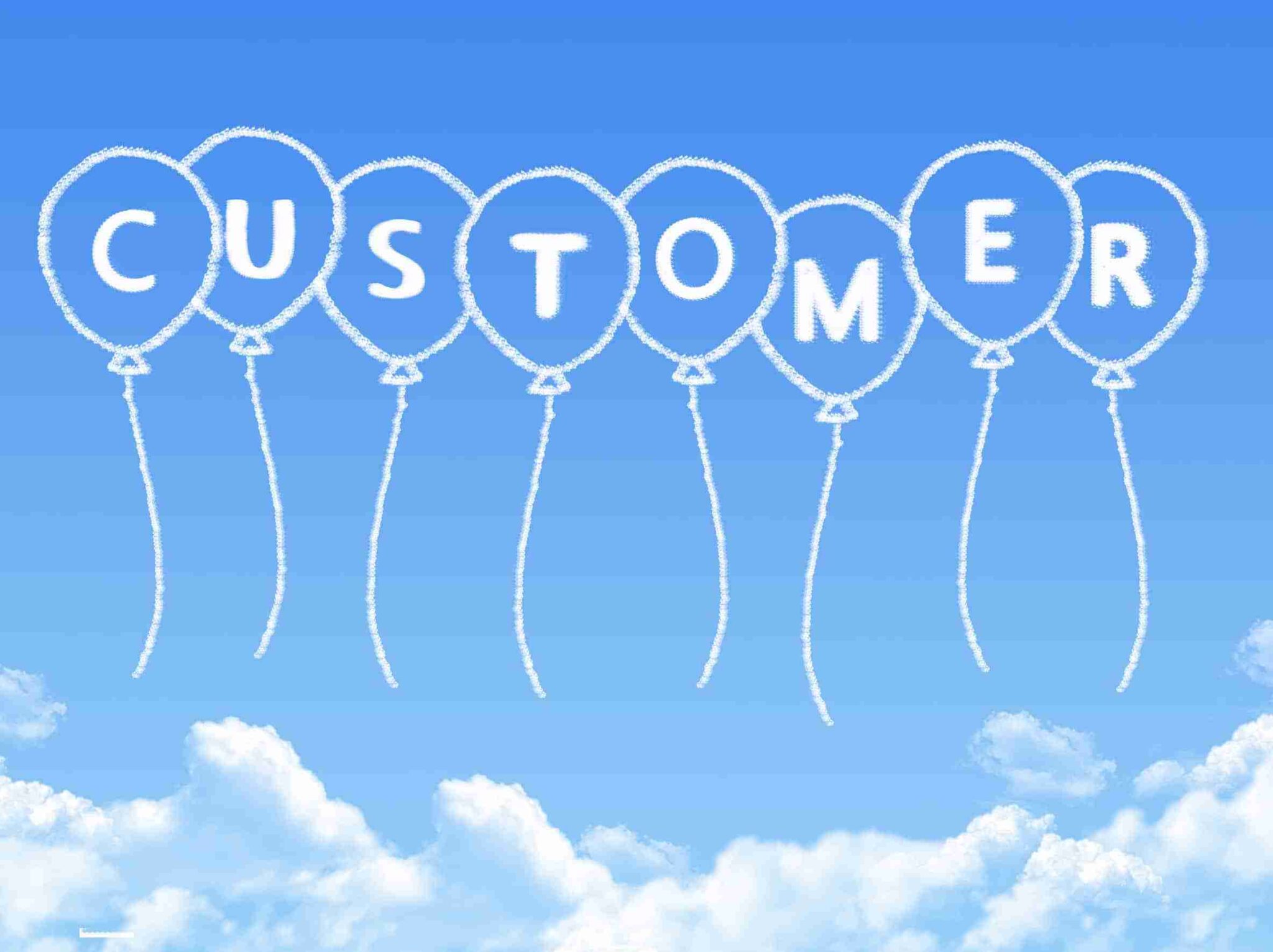In the quest for business growth, understanding innovative ways to increase customer retention is essential yet often overlooked by many brands. In a landscape flooded with choices, customers are more likely to remain loyal when they feel valued and understood. By implementing unique strategies that go beyond traditional marketing techniques, businesses can enhance customer loyalty effectively.
One powerful approach is to personalize the post-purchase experience. Tailoring communication and support after a sale fosters a sense of worth among customers, significantly increasing the likelihood of repeat business. Brands should also pay close attention to the onboarding process, ensuring new customers have the tools and knowledge needed to engage with their purchases fully. This initial experience can dictate long-term loyalty.
Furthermore, actively seeking and acting on customer feedback allows brands to adjust their offerings and demonstrate a commitment to meeting customer needs. Training frontline teams to prioritize relationship-building significantly impacts satisfaction and retention. Meanwhile, segmenting customers for targeted retention strategies tailors engagement to individual behaviors and preferences, enhancing effectiveness.
Ultimately, these underrated strategies create a consistent value loop that extends beyond the transaction, ensuring that customers remain at the forefront of brand initiatives. By recognizing and incorporating these ways to increase customer retention, brands can foster deeper loyalty, setting the stage for sustained success.
Train Your Team to Prioritize Relationship-Building
To effectively increase customer retention, brands must recognize the pivotal role of their frontline teams in enhancing customer satisfaction. Training employees to prioritize relationship-building can lead to more engaging and meaningful interactions with customers. When team members are equipped with the skills to empathize, actively listen, and communicate effectively, they can create a personalized experience that resonates with customers on a deeper level.
Investing in team training not only empowers employees but also fosters an environment of trust and loyalty among customers. Research indicates that positive customer service experiences significantly influence retention metrics, as satisfied customers are more likely to return and recommend the brand to others [HubSpot]. By emphasizing the importance of relationship-building, companies can create a supportive atmosphere where customers feel valued and understood.
Additionally, encouraging employees to share customer stories and feedback can strengthen the connection between the brand and its audience. This practice not only enriches the team’s understanding of customer needs but also drives continuous improvement in service offerings. Ultimately, prioritizing relationship-building within frontline teams sets the foundation for long-term customer loyalty and can significantly enhance retention rates.
Use Customer Segmentation for Targeted Retention Strategies
Implementing customer segmentation is a powerful technique that enables brands to tailor their retention strategies based on specific customer behaviors and values. By grouping customers into distinct categories—such as demographics, purchasing habits, or engagement levels—organizations can create personalized tactics that resonate more effectively with each segment. This approach not only enhances the relevance of marketing communications but also increases the likelihood of maintaining customer interest over time.
Effective segmentation allows businesses to identify high-value customers and those at risk of churn, enabling targeted interventions to nurture relationships. For instance, offering exclusive promotions to loyal customers can reinforce their connection to the brand, while re-engagement campaigns for at-risk customers can prevent potential loss [Harvard Business Review].
Additionally, leveraging data analytics tools helps brands uncover insights into customer preferences and behaviors, leading to more informed decisions. This data-driven approach cultivates deeper customer relationships, as tailored messaging and offers demonstrate an understanding of individual needs and preferences. By focusing on customer segmentation, brands can not only improve their retention rates but also cultivate advocates who contribute to organic growth through positive word-of-mouth.
In summary, effectively utilizing customer segmentation enables brands to design impactful, personalized retention strategies that enhance loyalty and satisfaction. This method ultimately establishes a more resilient customer base poised for long-term engagement.
Create a Consistent Value Loop Beyond the Transaction
Establishing a consistent value loop is essential for brands aiming to enhance customer retention. This strategy focuses on providing ongoing value that extends beyond the initial purchase, ensuring customers remain engaged and connected to the brand. By delivering valuable content, loyalty programs, and community initiatives, companies can reinforce their brand’s relevance in the eyes of their customers, making them more likely to return.
For example, brands that utilize educational content or personalized recommendations can keep customers informed and help them maximize their product usage. This not only addresses customer needs but also positions the brand as a trusted resource. Furthermore, loyalty programs that reward continued engagement play a crucial role in sustaining interest and encouraging repeat transactions [Forrester Research].
Incorporating community-building activities, such as forums or social media groups, fosters a sense of belonging among customers. When individuals feel part of a community, they are more inclined to share their experiences and advocate for the brand. This engagement creates a feedback loop, where insights gathered from the community can inform future product developments and improvements, further enhancing customer satisfaction.
Ultimately, by establishing a consistent value loop that encompasses education, loyalty, and community, brands can effectively keep themselves at the forefront of customers’ minds. This proactive approach not only improves retention rates but also cultivates a devoted customer base that rallies around the brand for the long haul.
Conclusion: Embracing Unique Strategies for Retention
In today’s competitive landscape, exploring ways to increase customer retention is crucial for brands seeking sustainable growth. The techniques discussed—such as personalizing the post-purchase experience, enhancing onboarding processes, and building strong customer relationships—offer fresh perspectives on engagement and loyalty. By implementing customer segmentation and fostering a consistent value loop, brands can create tailored strategies that resonate with diverse customer needs, thereby reducing churn and encouraging repeat transactions.
Furthermore, prioritizing customer feedback and relationship-building within teams can transform passive buyers into passionate advocates. These underrated approaches, often overshadowed by conventional marketing tactics, hold the potential to cultivate deeper connections and foster brand loyalty over time. As customer expectations evolve, brands that dedicate resources to understanding and addressing these insights will not only improve retention rates but will also ensure a more resilient and engaged customer base.
As businesses reflect on their strategies, embracing these innovative ways to increase customer retention can lead to long-term success and a thriving community of loyal customers. Taking actionable steps towards these improvements invites brands to elevate their customer experience and builds a foundation for enduring relationships.


















